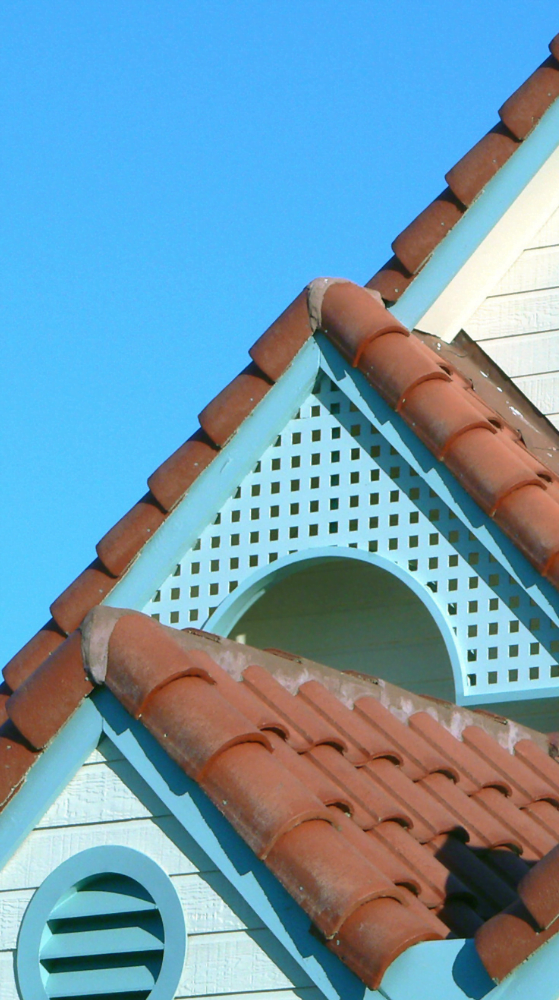Free Call Now
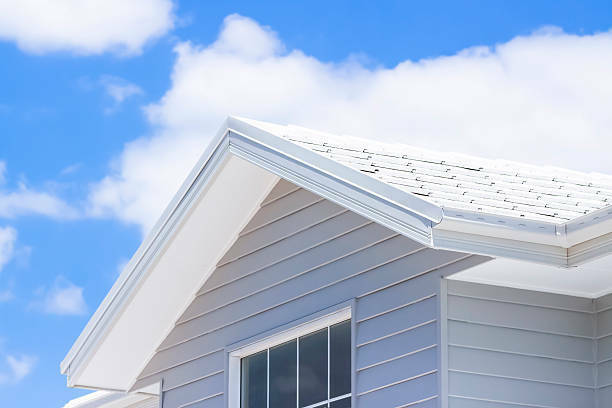
Many decades ago, house cladding options were limited, and, it has to be said, not always particularly attractive. in recent years, however, as more homeowners have taken an interest in improving the external appearance of their property, the range of wall cladding options has expanded greatly.
As well as an increase in the choices of house cladding available, the quality of these products has been vastly improved using innovative technology and materials. not only can you now make your home look fantastic, whether it's a new building or a renovation project, but the addition of cladding will also protect your home from the elements as well as increasing the effectiveness of the insulation.
The external walls of our homes take a battering from wind, rain, snow and ice. over time, small cracks can appear and surfaces become discoloured with fungus, algae and grime. frost can damage masonry, bricks, mortar and concrete. temperature changes cause the structure to expand and contract, worsening any cracks and damage. this, along with the porous nature of some materials, allows moisture to enter the building, potentially causing problems related to rising damp, penetrating damp, mould, dry/wet rot, and so on.
As you can see, house cladding makes good sense for many reasons! not only does it look amazing, but it can protect your home and increase its energy efficiency while adding value and kerb appeal. the same can apply to house rendering, which uses specially developed plasters that are applied to external walls that provide similar benefits. this gives the homeowner even more choice, as you can use both methods to enhance the beauty and style of your home without losing any of the protective qualities.
In addition to all this, cladding adds structural strength and can help with noise control.
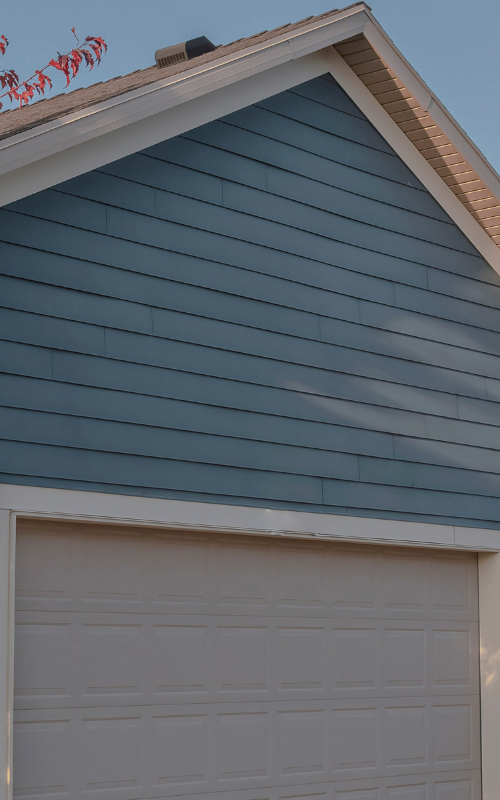
More than enough to cover all tastes and styles!
You can choose from:
Whichever option you choose, there's sure to be one that is perfect for your home improvement project.
It all depends upon where your property is situated and what type it is. a self-build project would require planning permission anyway, so this would be covered.
However, for the most part, the majority of people won't have to obtain planning permission, as it falls under the category of 'aesthetic change', so they are generally exempt under your permitted development rights*, which covers minor improvements, maintenance, and repairs. but there are a few rules to keep in mind.
The first rule is that the materials must be similar in appearance to those used in the original construction, which is a little vague and can limit your design. also, though it isn't written in law, it is a matter of courtesy to consult with your neighbours if you live in a semi-detached or terraced house.
If you are planning a fairly radical customisation project for the exterior of your home, then it might be wise to run it by the local authorities beforehand rather than risk having to remove all of the cladding at a later date should they raise any objections.
However, there are some exceptions!
For example, if you are a homeowner of a listed building, then you will need to seek planning permission.
And finally, if your home is situated in any of these areas:
Then you'll need to approach the local authorities and seek permission.
That's not to say that you can't add house cladding in these circumstances, just that they like to regulate any changes and may suggest changes to the design or materials.
*Permitted development rights were passed by parliament and apply to all houses except those in the exempt list above, as well as flats and maisonettes!
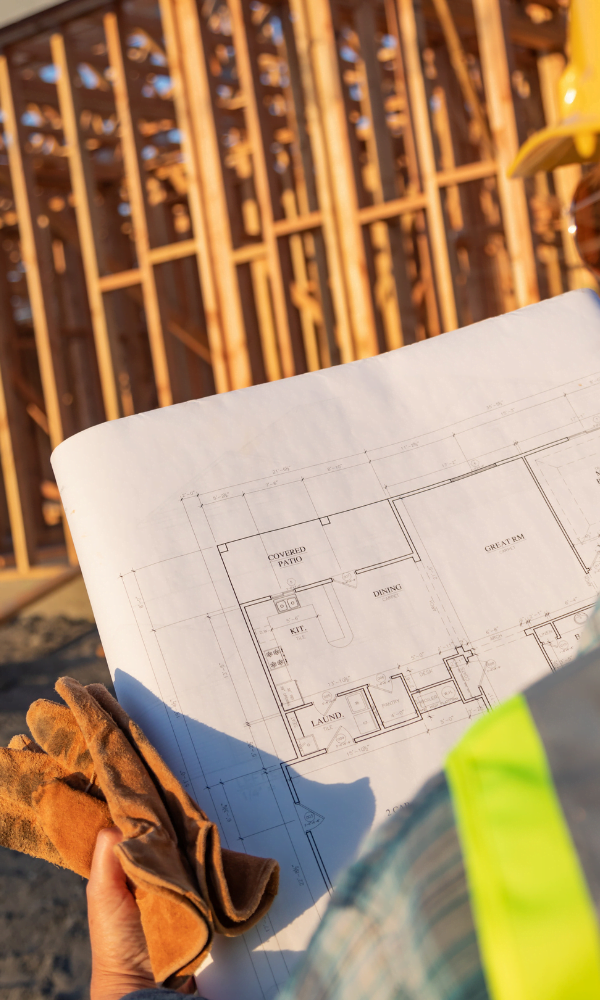
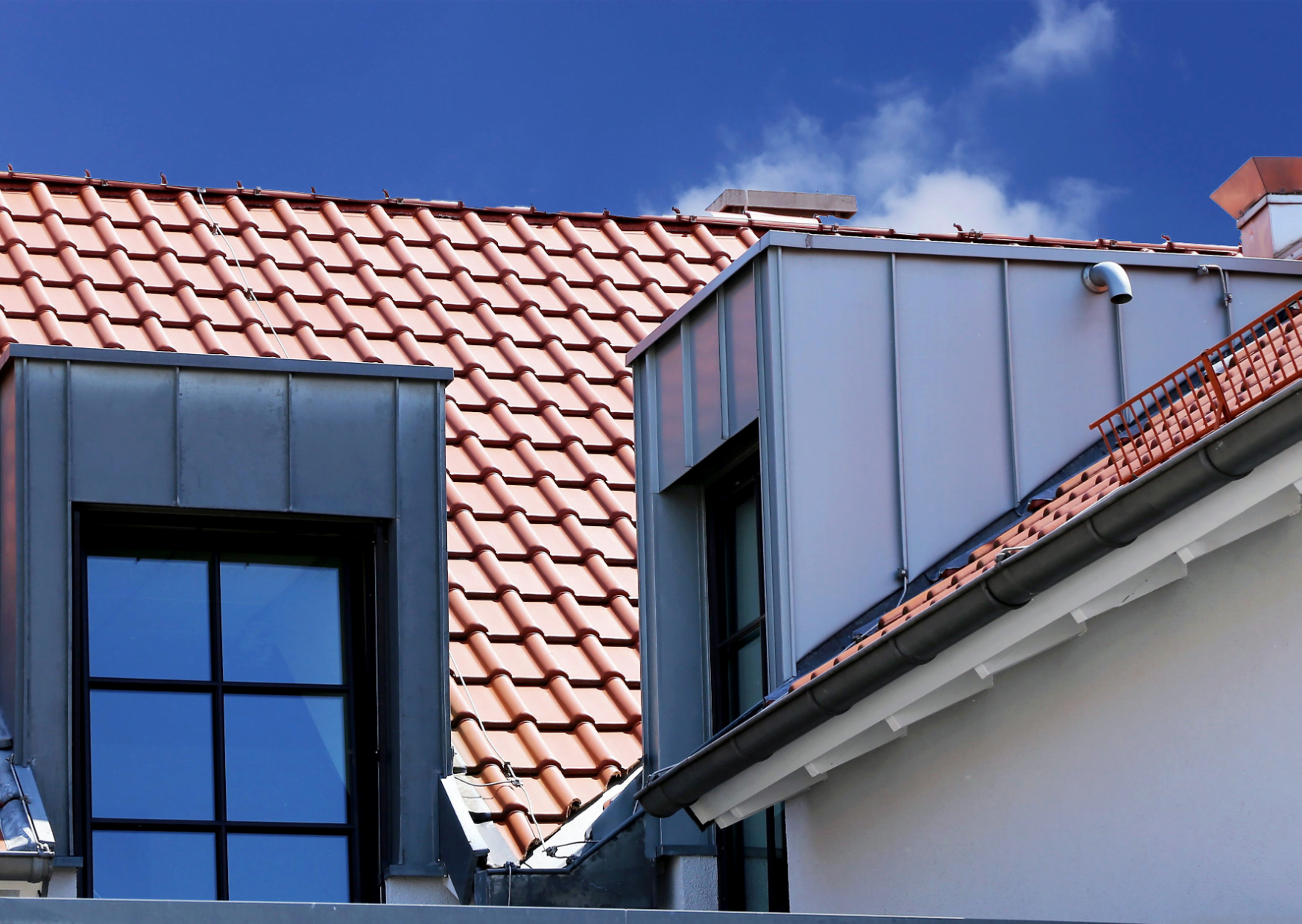
House cladding prices can vary depending on the cladding materials and how much cladding you require. below is just a rough guide depending on the cladding materials per m2, exclusive of labour.
As you can see manmade cladding such as cedral (a fibre cement cladding), is more expensive than the average timber cladding. so the house cladding cost of a 2-bedroom house would be approximately between £3,500-£5,500.
Exterior cladding is usually fixed to a house using a steel frame or timber battens. these are securely attached directly to the walls, so using exterior cladding to do the job will cost more.
However, having external cladding fitted would provide extra insulation to the property. timber weatherboard is one of the popular cladding choices and is a more affordable option.
Cladding houses usually takes approximately 2-5 days, depending on factors such as height and slopes of the building.
It all really depends on the building and the style you are trying to achieve in your project, as well as your budget. the local climate might play a part, for example, if you live in an area that experiences extreme temperature changes or high rainfall. let's examine some of your options...
Wood cladding, particularly timber cladding is still popular, but even here there's a choice of whether you want a clean, modern look or a more rustic one. different species of wood vary in the amount of maintenance needed, and some, like larch, have resins that protect against rot and fungus, and cedar contains natural oils that preserve the timber and help to keep it from warping out of shape. whichever species you choose, most are heat-treated and are coated with chemicals to keep them water-resistant and weatherproof for many years.
Stone and brick cladding has the advantage of being lightweight, making installation a fairly quick process as it is hung or clipped onto a frame.
Your options don't end there! metal cladding offers a range of superb, contemporary finishes. corten steel, for example, weathers to an orange, rusty patina. zinc can be applied to wall and roof, following the contours of the building. copper takes on a green finish, while copper alloys can be treated to give an appearance of burnished gold or bronze.
The range of cladding is extensive, as are the colours and finishes you can achieve. this is an excellent way of transforming your home, especially when coupled with house rendering.
What better way is there to protect your property from the elements, add value and appeal, and improve the energy efficiency of your home?
